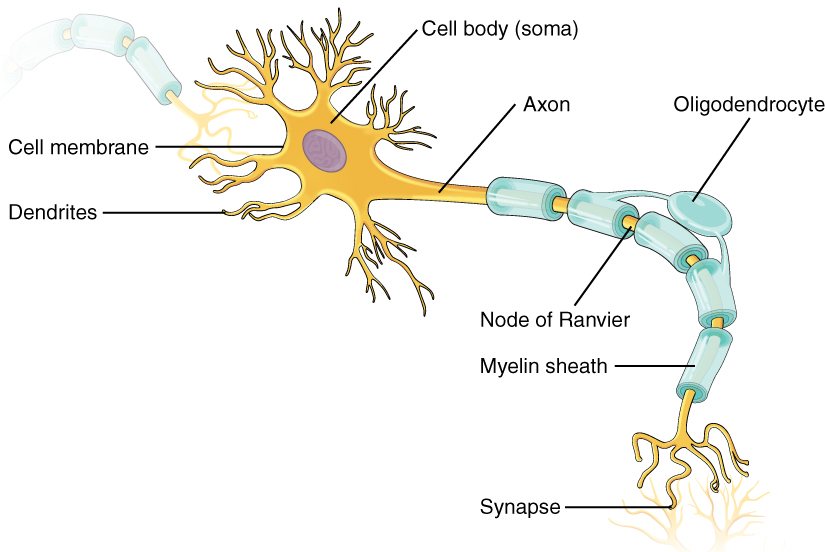


“It takes what we knew from biochemical studies in a dish and shows that protocadherins really mediate these matching interactions in the developing brain.” “The neurons actually care who they match with,” says Weiner, associate professor in the Department of Biology, part of the College of Liberal Arts and Sciences. Yet, it seems the “grow your dendrite” signal only happens when neurons carrying the the same gamma-protocadherin gene pair up. That’s important because human neurons carry up to six gamma-protocadherins, meaning there are many combinations potentially in play. Likewise, when they turned on a gamma-protocadherin gene in a neuron different from the gamma-protocadherin gene with the cells surrounding it, the mice had limited dendrite growth after the same time period. After five weeks, the neurons had sizeable dendritic networks, indicative of a healthy, normally functioning brain. Using mice, they expressed the same type of gamma-protocadherin (labeled either as A1 or C3) in neurons in the cerebral cortex, a region of the brain that processes language and information. The researchers went further in the new study. Weiner and his team figured out their role when they observed paltry dendritic growth in mouse brain cells where the gamma-protocadherins had been silenced. Gamma-protocadherins act like molecular Velcro, binding neurons together and instructing them to grow their dendrites. The denser a neuron’s dendritic network, the more apt a cell is to be in touch with another and aid in passing signals. Scientists think adults have 100 billion brain cells, each in close proximity to others and all seeking to make contact through their axons and dendrites. But when the researchers outfitted a mouse neuron with a different gamma-protocadherin than the cells around it, dendritic growth was stunted. When they did, the cells grew longer, more complex dendrites. The researchers learned about their role by giving a developing brain cell in a mouse the same gamma-protocadherin as in surrounding cells. Gamma-protocadherins are called “adhesion molecules” because they stick out from a cell’s membrane to bind and hold cells together. “Disrupted dendrite arborization is seen in the brains of people with autism and schizophrenia, so processes like the one we have uncovered here may have relevance to human disorders,” says Joshua Weiner, a molecular biologist at the UI and corresponding author on the paper, published online this month in the journal Cell Reports. The findings may offer a new insight into what causes aggressive or stunted dendrite growth in neurons, which could help explain the biological reasons for some mental-health diseases, as well as help researchers better understand brain development in babies born prematurely.

But there’s a catch: These genes, called gamma-protocadherins, must be an exact match for each neuron for the cells to correctly grow dendrites. But it had been unclear what causes dendrites to grow, and where those instructions to grow come from.īiologists at the University of Iowa have determined a group of genes associated with neurons help regulate dendrites’ growth. Just as you can judge a healthy tree by its canopy, so too can scientists judge a healthy neuron by its dendritic branches. Those signals originate in the brain and are passed throughout the body, culminating in simple actions, such as wiggling a toe, to more complex instructions, such as following through on a thought. Neurons in your brain pass signals from one to another like they’re playing an elaborate, lightning-quick game of telephone, using axons as the transmitters and dendrites as the receivers. There’s a trunk, which is the cell’s nucleus there’s a root system, embodied in a single axon and there are the branches, called dendrites.

#DENDRITE LABELED FULL#
When you think of a neuron, imagine a tree.Ī healthy brain cell indeed looks like a tree with a full canopy.


 0 kommentar(er)
0 kommentar(er)
